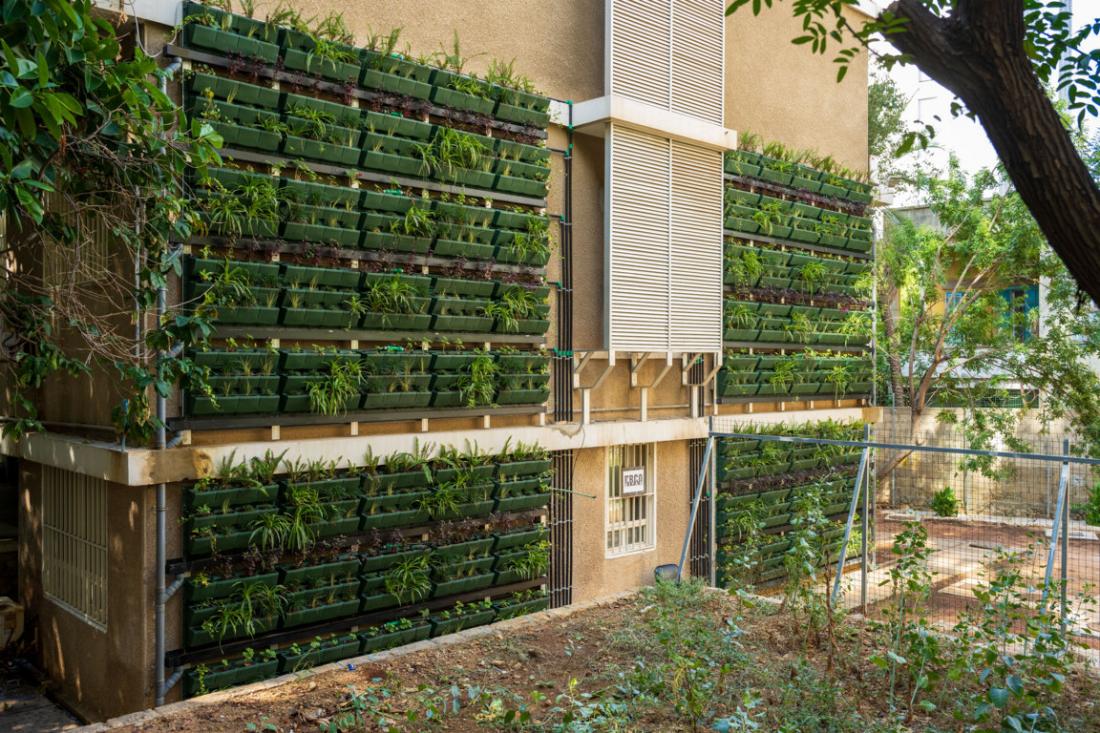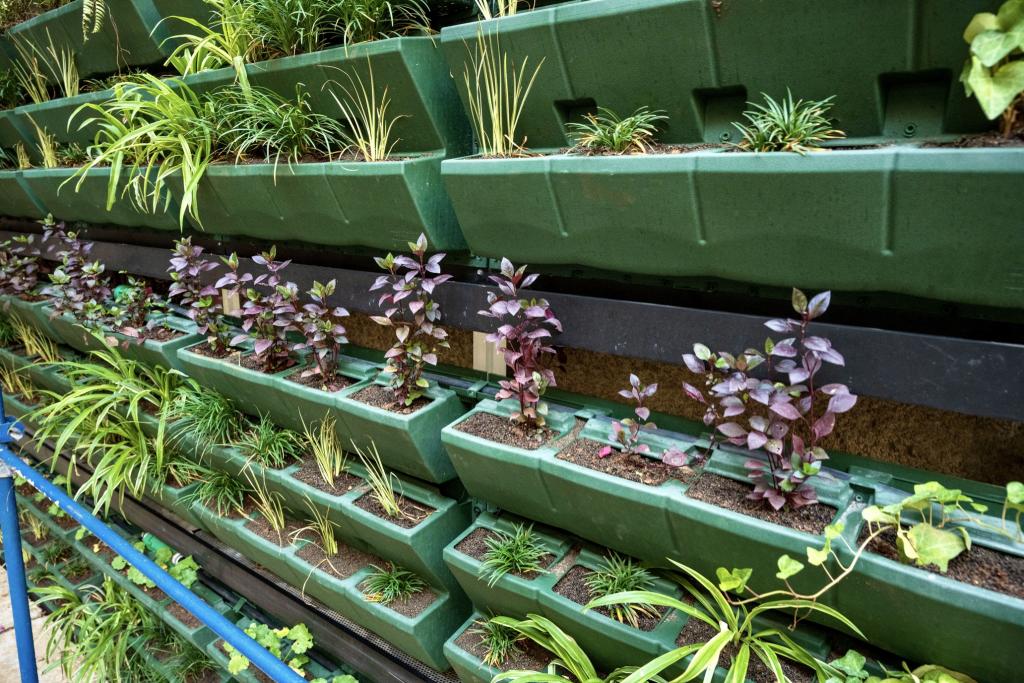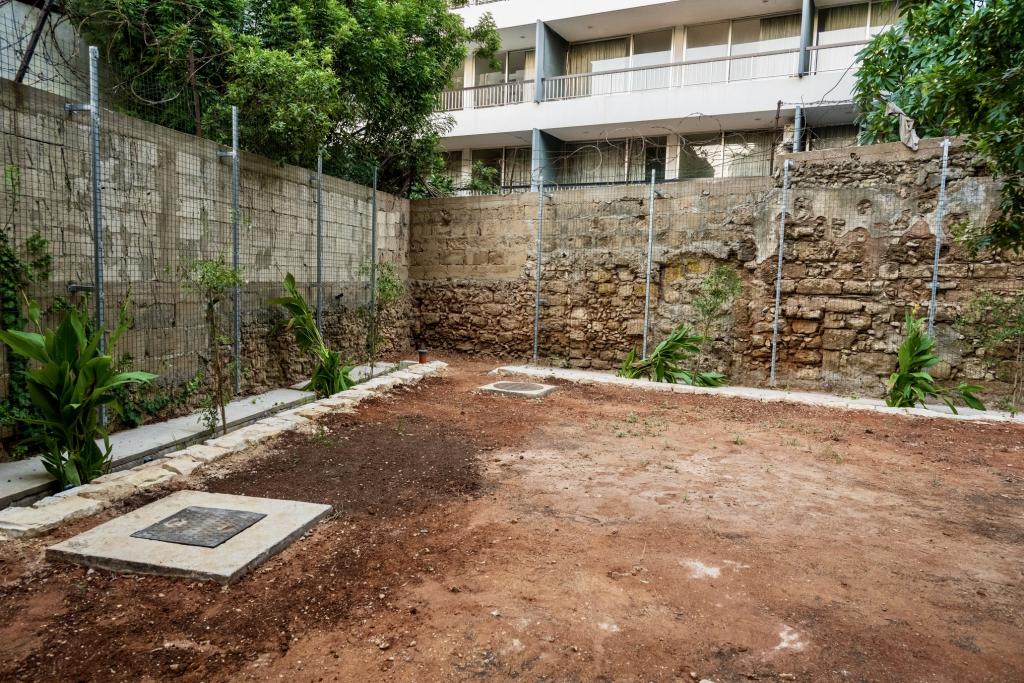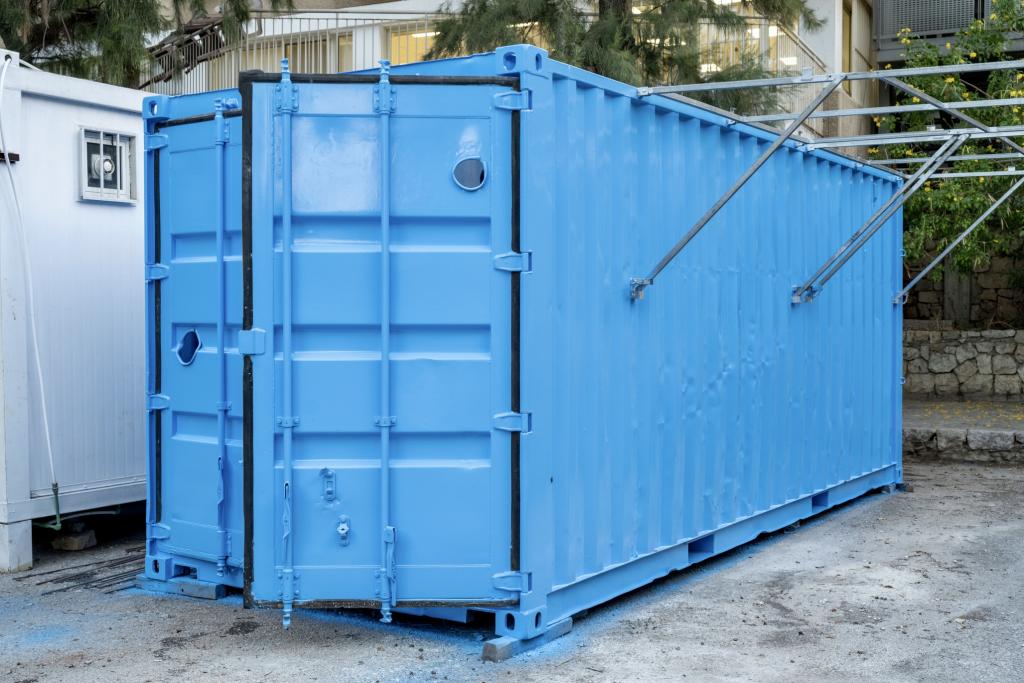NAWAMED introduces cutting-edge solutions for greywater treatment in Lebanon

The American University of Beirut (AUB) is at the forefront of sustainable water management, implementing groundbreaking solutions for greywater treatment.
AUB has taken a remarkable step towards sustainable water management with the implementation of a Living Wall (LW) and Green Façade (GF) for greywater treatment on its campus. This pioneering initiative is an integral part of the NAWAMED project, which seeks to introduce cutting-edge solutions for greywater treatment.
The project features two different types of green walls (GW) designed to treat and reuse greywater from the girls' dormitory building, Jewett Hall, at the AUB campus in Beirut. The first type is the Living Wall (LW), a vegetated vertical system anchored to building facades integrating greywater treatment and providing additional benefits such as greening, improved aesthetics, and energy savings. The LWs, covering a total of 200 square meters, were implemented on the East and West facades of Jewett Hall. The second type is the Green Facades (GF), which consist of trenches along the walls planted with climbing vegetation. The technique used for the treatment of the greywater in the GFs derives from the vertical submerged subsurface flow constructed wetland technology .Treated greywater is collected and reused for flushing in the dormitory.

As part of the NAWAMED project, ongoing monitoring and research will assess the performance and efficiency of these green solutions in treating greywater. The data collected from these initiatives will contribute valuable insights to advance sustainable water management practices. AUB's Living Wall and Green Facade serve as shining examples of how innovation and collaboration, inspired by nature, can revolutionize greywater treatment, paving the way for a greener and more sustainable future.

AUB is also taking bold steps in greywater treatment with the introduction of a portable wetland as part of the NAWAMED project. This pioneering iniative holds the potential to address greywater treatment challenges in refugee camps and similar settings.
Designed by IRIDRA and implemented by AUB, the portable wetland is a self-contained and highly adaptable unit for greywater treatment. By utilizing a combination of vegetation, soil, and specific filtration layers, the wetland effectively removes contaminants and purifies greywater on-site. The key advantage of the portable wetland is its mobility, making it easy to transport and install in various locations, including refugee camps. This portability provides a practical solution to overcome infrastructure limitations typically found in such settings, where access to advanced wastewater treatment infrastructure may be limited.
Beyond its functionality, the portable wetland contributes to the creation of a healthier and more sustainable environment. The inclusion of vegetation not only aids in greywater treatment but also helps restore biodiversity and enhances the overall quality of life in refugee camps.

Ongoing research and monitoring conducted by AUB, as part of the NAWAMED project, will shed light on the performance and efficiency of the portable wetland in greywater treatment. The knowledge gained from this research will contribute to the development of improved sustainable water management practices, benefiting not only AUB but also other organizations.
In unison, these initiatives showcase AUB's commitment to providing cleaner water solutions, even in challenging circumstances, and the university's dedication to advancing the field of sustainable water management.
Watch the video at this link where Prof. Yaser Abunnasr, Nawamed project coordinator for AUB, talks about the systems installed.









